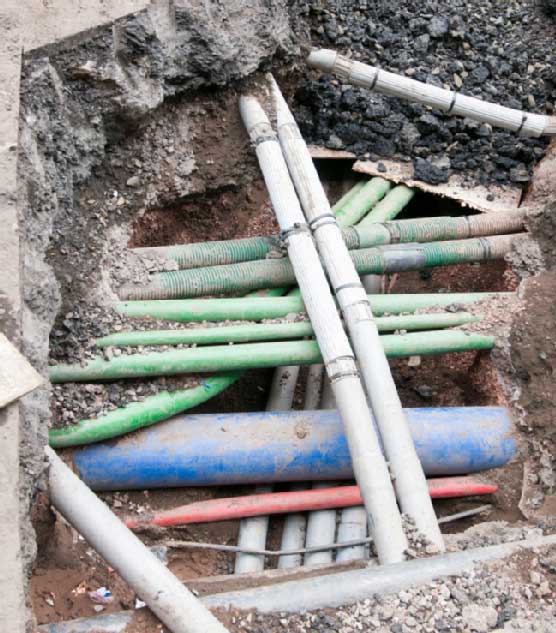What Is a Hydrostatic Pressure Test after Foundation Repair?

Understanding Hydrostatic Tests After Foundation Repairs: What They Are and Why They Matter
Because foundation repairs and plumbing issues often go hand-in-hand it is crucial to check your plumbing system after slab foundation repairs. That’s where hydrostatic testing comes in.
A hydrostatic test is a method used to check for leaks in your plumbing system, particularly in the sewer lines, which can easily be affected by foundation movement. During the test, a plumber will plug the sewer line and fill it with water to check if the water level drops, indicating a leak.
This process is vital because undetected leaks can cause future damage, can lead to further foundation issues, and could result in costly future repairs.
Why is this test necessary? When your foundation shifts, it can stress and crack pipes, leading to potential leaks. Even after foundation repairs, these hidden leaks can continue to cause damage if not addressed. Conducting a hydrostatic test simply alerts you to a potential problem.
In summary, a hydrostatic test is a critical step after foundation repairs to alert the homeowner to any potential issues.
Structured Foundation Repairs typically includes the cost of a hydrostatic test (conducted by a licensed, third-party master plumber) with slab repair plans. If you have questions about how your plumbing may be affecting your foundation, please contact us.
